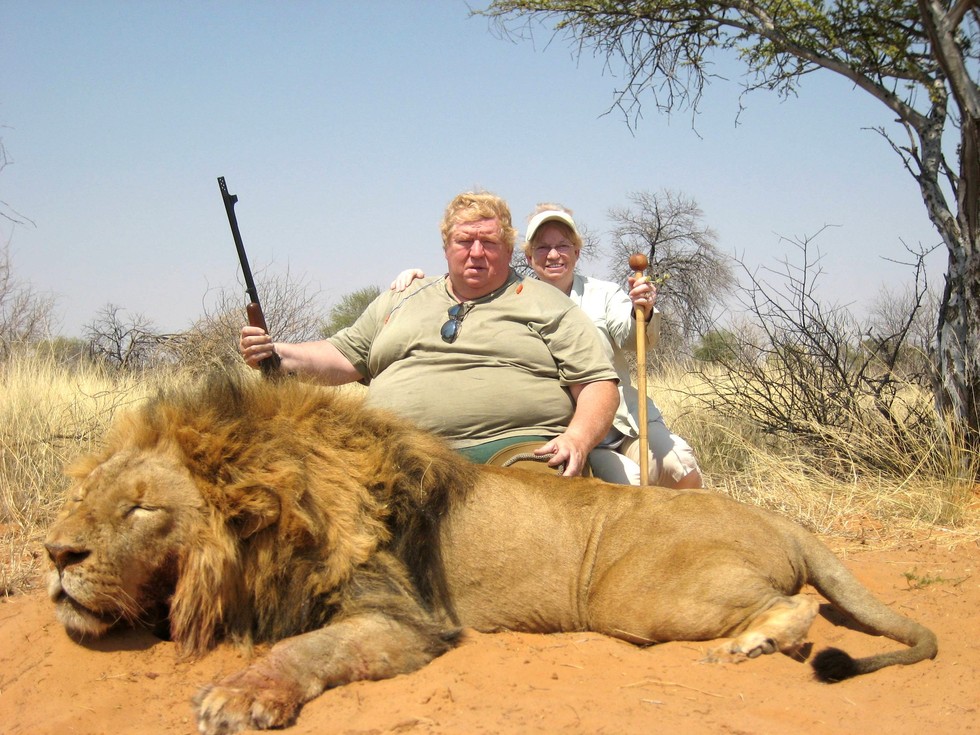A modern, widely-held assumption is that human consciousness has evolved for the better. When we examine the past and find patterns of belief and behavior we call “primitive”, we feel self-satisfied and consider ourselves and our present culture as having progressed in comparison. It was exactly this type of thinking–rationalizing why as human beings we are “better” than those who came before–that fueled the enslavement and genocide of millions of America’s indigenous people.
It may well be that human beings have always felt, thought and acted this way; we have no way of knowing since pre-history must be judged indirectly through the study of artifacts. Language, that evanescent human art which might reveal reams of information, is unfortunately gone when the last speaker of a language dies. When writing remains, impressed markings in clay tablets or chiseled hieroglyphic images in stone, it does not demonstrate how language sounds; many past cultures lacked writing altogether.
So when it comes to judging the trajectory of human consciousness, we must make assumptions and base conclusions on thin evidence, which usually means translating and interpreting texts based upon our current sense of things. Accordingly, we are always looking in the “mirror” and relying on our own well-established frames of reference to interpret new matters which come before us.
Take hunting, for example, and the killing of animals. We distinguish hunting from our industrial-style slaughter of animals by highlighting the personal and historical role of the hunter in human society. Drawing upon periods of time before refrigeration, feed-lots, mass-transport, or for that matter large cities, we invest modern hunting with romantic notions of group bonding, rugged individualism, courage and skill. That the occasional pheasant or prong-horn is butchered and eaten is the least of it. Hunting is no longer about providing food for all but the very few in America.
The other distinguishing feature of hunting vs. farm-slaughter is that the latter is done with as little emotional affect as possible while the former with exactly the opposite. Killing for sport is exhilarating, and emotional excitement is precisely the point. It’s difficult, however, to justify our air of superiority over so-called “primitives” when we kill for fun. When someone kills a dog or cat for fun we call it “cruelty” and a crime. Killing for fun is a devolution of consciousness.
Similarly, to think of other people as sub-human reflects a lack of conscious evolution. Our notion of cultural progress has been tied to a progressive inclusivity, despite the undertow of racial, gender, class and religious prejudice and bigotry. It is precisely this undertow which is truly primitive; killing for fun also falls into similar territory.
Though Native American hunters took pride in hunting success, such killing was also considered a sacred act of sacrifice and accompanied by rituals of gratitude. Tellingly, in his 1932 book “Black Elk Speaks”, Black Elk calls his story “…the story of all life that is holy and good to tell, and of us two-leggeds sharing in it with the four-leggeds and the wings of the air and all green things; for these are children of one mother and their father is one Spirit.” In this respect, the consciousness of America’s indigenous people was more evolved in its relationship to nature than many of us are today.
